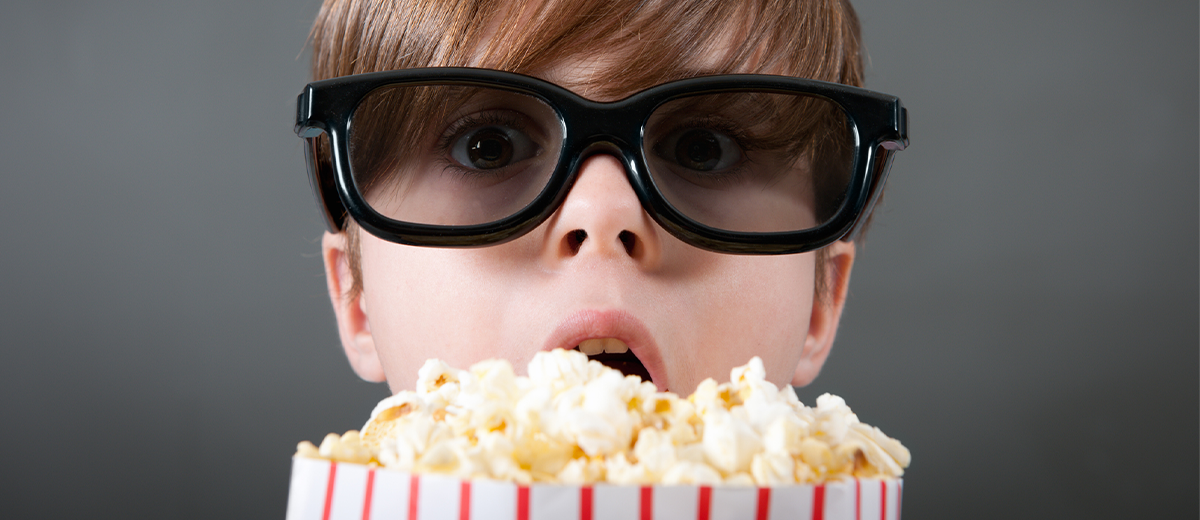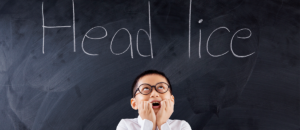In the previous Vision 101 blogs we learned that an abnormal visual experience can have a profound effect on the development of the visual system. That’s why your role screening for vision issues is so important. Children with anisometropia (unequal refractive error) and/or strabismus (ocular misalignment), often have unilateral amblyopia, a developmental visual disorder with a defining feature of reduced acuity in one eye that persists despite optical correction. The development of amblyopia is also associated with other deficits, including elevated visual crowding and reduced stereoacuity or complete stereo blindness.
After acuity deficits, amblyopia is most frequently associated with deficits in stereo-vision. In this blog, we will discuss Stereoacuity.
Stereoacuity is the accuracy and sharpness of images acquired with binocular depth perception. Binocular depth perception relies on a person’s degree of Stereopsis. Stereopsis is when the brain perceives depth by interpreting the visual input of both eyes and is determined solely by the two eyes working together to develop a three-dimensional image. Stereopsis is not present at birth but appears by approximately 4 months of age in most human infants. Binocular fusion follows a similar time course. Estimates of the age at which stereoacuity reaches adult levels vary considerably and depend on the test used; however, most studies agree that stereoacuity is still immature at 5 years of age and reaches adult levels between 6 and 9 years of age.
If 3D vision or binocularity is impaired, many preschoolers will show symptoms like:
- difficulty catching a ball
- difficulty walking down stairs
- poor spatial judgement on the playground
- the child may fall or trip frequently
- they may be clumsy or bump into things in their environment
- have difficulty with sport activities.
Why two eyes are better than one.
Stereo Sue’s story recounts the real-life experience of Sue, who was born cross-eyed, and so viewed the world with one eye at a time, her eyes rapidly and unconsciously alternating. And yet when asked if this was any disadvantage to her, she said no. Sue said she got along perfectly well—she drove a car, she could play softball, she could do whatever anyone else could. She might not be able to see depth directly, as other people could, but she could judge it as well as anybody, using other cues.
Sue chronicles her visual history, starting with her parents noticing that she was cross-eyed a few months after she was born to subsequent surgeries and endless optical interventions.
But eventually Sue’s acquisition of stereoscopy after almost half a century of being stereo-blind has been a constant source of delight, and a great practical benefit. Moreover, she has developed a skill she did not have: the ability to see random-dot stereograms. Unlike conventional stereo pictures, these are constellations of dots with no images that can be seen monocularly, but which reveal images or shapes when viewed with both eyes.
School nurses, as part of vision screening protocols, screen for Stereoacuity. Stereovision tests are primarily used in children, as a vision screening tool for amblyopia and binocular vision defects, and also as a way of monitoring the progress of amblyopia treatment. Many of these tests ask the child to identify the “raised” letter, shape or animal to measure depth perception and identify if the child’s eyes are working together to identify the intended image.





